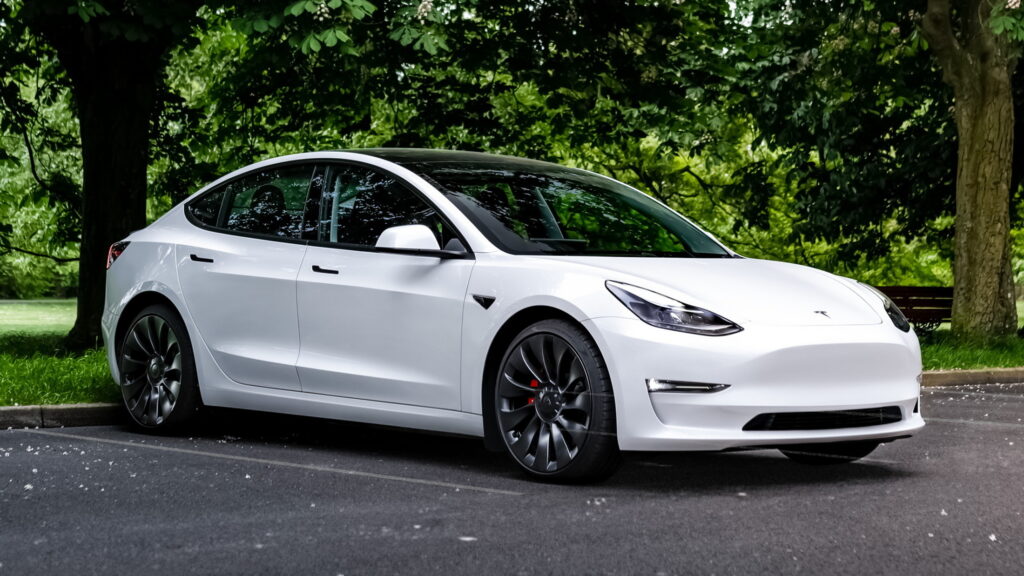A researcher claims to have found new evidence pointing to the design of the Tesla Model 3’s inverter as the cause of a fault that could lead to sudden, unintended acceleration. As part of a petition filed with the National Highway Traffic Safety Administration, they further allege that the fault could make it look like the driver has pressed the accelerator pedal, even if they did not.
The federal regulator first looked into the merits of this issue in 2019, after receiving a petition from one Brian Sparks, who requested that it compel Tesla to recall every Model S, X, and 3 made between 2013 and that year.
However, upon evaluating the claims, the administration’s Office of Defect Investigations (ODI) agreed with Tesla that in almost all of the 232 instances referred to in the original petition, the driver had pressed the accelerator, based on data collected by the vehicles in question. In 2021, it denied the petition.
That did not sit right with everyone, since in at least one case, the driver claimed they were outside the vehicle when it accelerated. Now, a new request has been filed by Dr. Ronald A. Belt based on new information, asking the ODI to reexamine the petition.
Read: Tesla Might Have An Unintended Acceleration Issue As Regulators Investigate Over 120 Claims

Belt bases his new allegations on information gathered by enthusiasts who are tearing down Teslas in order to use their powertrains for EV conversions and other purposes. These have garnered new insights into the design of the automaker’s inverters and circuit boards.
In the Tesla Model 3, Belt alleges that a fault in the design can lead to the vehicle mistaking a random voltage spike for a pedal application in extremely rare cases. That’s because the Model 3’s inverter uses a single 1.65-volt calibration signal to check in on four ADCs (analog-to-digital converters, or the part that converts pedal position into an electric signal for the car to read, in this case).
In some instances, especially when the vehicle is driving slowly and, for example, the power steering requires more power, the draw on the 12-volt battery can cause a relatively enormous spike in the system, leading the inverter to infer that the accelerator pedal has been pressed, and leading to sudden unintended acceleration.
At least, that’s the theory proposed by Belt, who says that a spike (which lasts microseconds) must occur while the car is performing an ADC check (which also lasts microseconds), making it exceedingly rare. However, by his estimates, the rarity of the event aligns with the 200-or-so incidents reported between 2013 and 2019.
He also claims that due to the nature of the fault – the inverter misinterpreting a voltage spike as a throttle input – it doesn’t get logged as an error. As a result, despite owners reporting that their foot wasn’t on the pedal, the vehicle data disagrees with them, which may explain why the ODI first denied the petition.
So far, Belt’s allegations are directed at the Model 3, whose inverter design is different than the one found on the Model S and X. However, he is clear to add that these vehicles may also be subject to similar errors.
Now, the ODI will look into this report to see whether or not it agrees with its findings. Just the latest petition sent to NHTSA asking it to look into unintended acceleration in Teslas, others have proposed the lack of a brake interlock system in certain vehicles as a cause of the phenomenon. At this moment, no action is required from the automaker.









